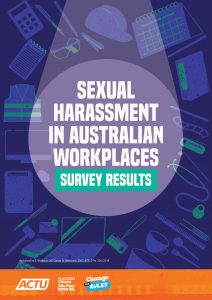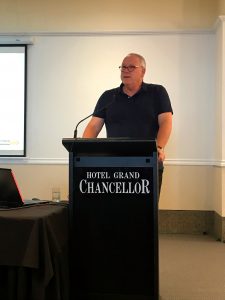 Some media reports on the recent suicide of another Australian Federal Police (AFP) officer indicate a change away from the dominant perspective of addressing the individual worker rather than institutional factors.
Some media reports on the recent suicide of another Australian Federal Police (AFP) officer indicate a change away from the dominant perspective of addressing the individual worker rather than institutional factors.
This article is not denying that suicide is a personal decision. It is an act that most of us do not understand and struggle to do so; this is partly because, unless a note is left or the person spoke to another about their intentions, we can never be sure why someone takes their own life. As a colleague explained to me, we try to rationalise an irrational act, or at least an act that seemed rational to the person at the time.
The Australian Federal Police has had several

 The trade union movement was instrumental in showing that workplace bullying was a pervasive problem in Australian workplaces. Many Codes of Practice and guidances for workplace bullying and occupational violence were written shortly after the action by the Australian Council of Trade Unions almost two decades ago. But, for some reason, although sexual harassment was mentioned in those early documents, it never received the attention in occupational health and safety (OHS) circles that, in hindsight, it should have.
The trade union movement was instrumental in showing that workplace bullying was a pervasive problem in Australian workplaces. Many Codes of Practice and guidances for workplace bullying and occupational violence were written shortly after the action by the Australian Council of Trade Unions almost two decades ago. But, for some reason, although sexual harassment was mentioned in those early documents, it never received the attention in occupational health and safety (OHS) circles that, in hindsight, it should have.

 Earlier this week former chair of the Australian Government’s
Earlier this week former chair of the Australian Government’s  This article is part two of an edited version of a keynote presentation I made at the a special WHS Inspectors Forum organised by WorkSafe Tasmania. The audience comprised inspectors from around Australia and New Zealand. I was asked to be provocative and challenging so posed some questions to the audience about how occupational health and safety (OHS) is managed, regulated and inspected.
This article is part two of an edited version of a keynote presentation I made at the a special WHS Inspectors Forum organised by WorkSafe Tasmania. The audience comprised inspectors from around Australia and New Zealand. I was asked to be provocative and challenging so posed some questions to the audience about how occupational health and safety (OHS) is managed, regulated and inspected.